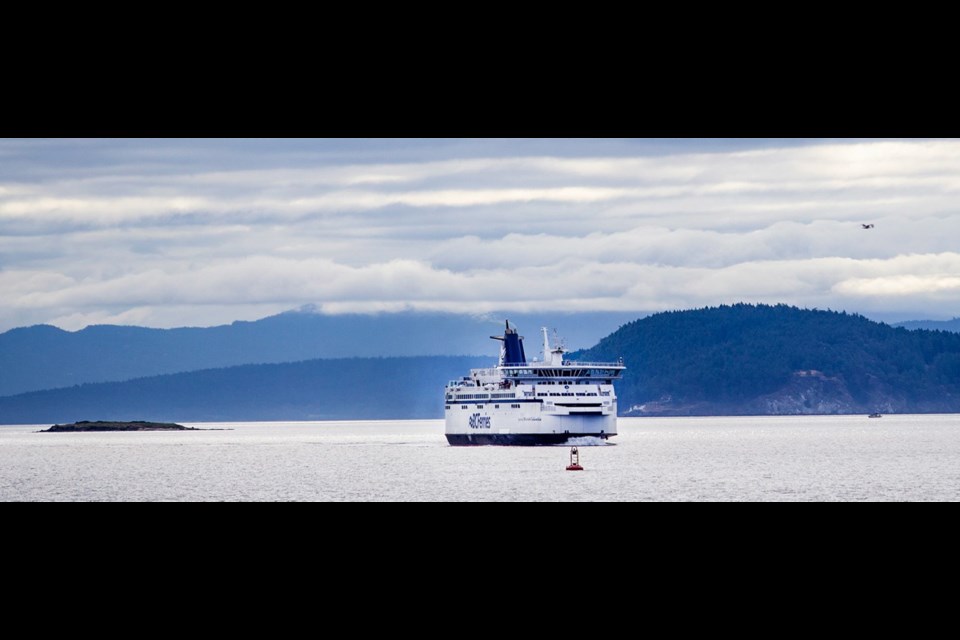B.C. Ferries reached a record high for vehicle traffic levels and carried the second highest number of passengers in its history during the past fiscal year.
The system carried 22.3 million passengers and 8.9 million vehicles in the 2019 fiscal year, ending March 31, 2019. Passenger traffic was the highest seen in about 20 years.
In the previous fiscal year, the system carried 22 million passengers and 8.7 million vehicles.
“High traffic volumes allow good financial results which enable us to expand our service to communities, renew the fleet, upgrade terminals, pay down debt and reduce future borrowing,” B.C. Ferries president Mark Collins said.
All those factors contribute to a sustainable and environmentally friendly system, he said in a statement Friday.
The corporation plans to continue to invest in reducing its environmental footprint, he said.
B.C. Ferries said it is continuing to renew its fleet and its terminals under a 12-year $3.9-billion capital plan.
Consolidated net earnings came in at $52.2 million for the past fiscal year, down from $59.9 million the previous year. Net earnings reflect the amount left over after all expenses are calculated, such as operating costs and depreciation.
For the 12 months ending March 31, 2019, B.C. Ferries spent $241.1 million on capital expenditures.
These included:
• $133.5 million in vessel upgrades and modifications.
• $49 million in new vessels.
• $28.2 million in information technology. A new website is being unveiled this fall.
• $19.5 million in terminal building upgrades
• $10.9 million in terminal marine structures
Vessel upgrading costs include the higher than originally anticipated price to fix up a Greek ferry to provide direct service between Port Hardy and Bella Coola. Now called the Northern Sea Wolf, the total budget for that vessel climbed to $76 million from $55.7 million. A federal grant cut the overall cost for B.C. Ferries to $61 million.
Operating costs rose by $36.4 million to $820.7 million from $784.3 million, B.C. Ferries said.
Implementing a new reservation system and bringing the upgraded Spirit of British Columbia back into service required additional labour, plus increased fuel consumption and training-related costs. Some of the increase was offset by the upgraded ferry using liquefied natural gas which is less costly than marine diesel.
Other factors boosting operating costs were higher marine diesel fuel prices, wage increases, and higher depreciation, the statement said.
The fleet now has five vessels using LNG and two Island-class electric-battery hybrid ships are under construction. When finished those two vessels will serve communities on northern Vancouver Island.


